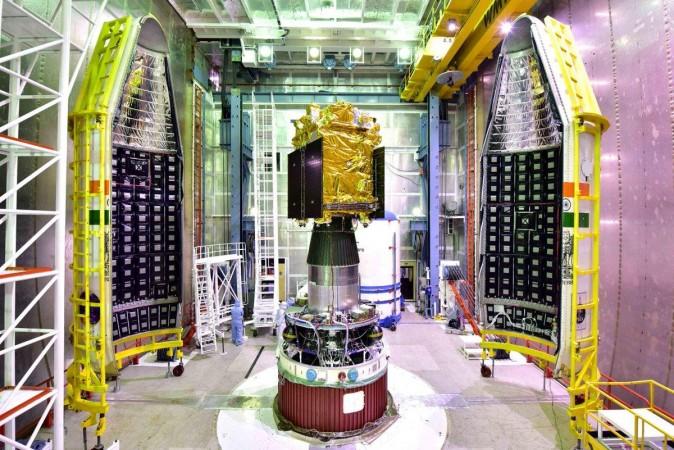
India's first solar observatory, Aditya-L1, has completed its first halo orbit around the Sun-Earth Lagrange Point 1 (L1). The spacecraft was launched last year and inserted into its targeted halo orbit earlier this year.
The Aditya-L1 mission aims to provide valuable insights into solar physics and solar eruptive events. The successful completion of the first halo orbit by Aditya-L1 is a significant milestone for India's space exploration capabilities.
India's first solar observatory, the Aditya-L1 spacecraft, has successfully completed its first halo orbit around the Sun-Earth Lagrange Point 1 (L1), marking a significant milestone in the country's space exploration journey. The Indian Space Research Organisation (ISRO) announced this achievement, demonstrating India's advanced capabilities in space technology and research.
Launched on September 2 of the previous year, the Aditya-L1 was propelled into low earth orbit (LEO) by the Indian rocket Polar Satellite Launch Vehicle - XL (PSLV-XL) variant. The spacecraft was then inserted into its targeted halo orbit on January 6 of this year. The Sun-Earth L1 is a unique point in space where the gravitational pull of the Sun and Earth balances, allowing the spacecraft to orbit stably without gravitating towards either body.

The journey of the Aditya-L1 around the Sun-Earth L1 point took 178 days to complete. During its travel in the halo orbit, the spacecraft encountered various perturbing forces that threatened to deviate it from its targeted path.
To maintain the orbit, the spacecraft had to undergo two station-keeping maneuvers on February 22 and June 7. A third station-keeping maneuver was conducted recently, ensuring the spacecraft's continued path into the second halo orbit around L1. This journey involved modeling of complex dynamics, and the understanding of various perturbing forces acting on the spacecraft helped in determining the trajectory accurately and planning precise orbit maneuvers.
The third maneuver also validates the state-of-the-art flight dynamics software developed in-house at URSC-ISRO for the Aditya-L1 missions. The Aditya-L1 mission is dedicated to the study of the Sun and carries seven payloads. It will observe the photosphere, chromosphere, and the Sun's outermost layers (the corona) using electromagnetic, particle, and magnetic field detectors.
The mission aims to provide valuable insights into solar physics and solar eruptive events, which are crucial for understanding space weather and its impact on Earth's environment and our technological systems.
The Aditya-L1 mission is a testament to India's growing prowess in space exploration. It follows the successful landing of Chandrayaan-3 on the lunar south pole, marking another significant achievement for ISRO. The Aditya-L1 mission also highlights the role of private sector companies in India's space program. Ananth Technologies, a private sector company, partnered with ISRO in the Aditya-L1 mission, working in precision engineering and high reliability manufacturing for space applications.
The successful completion of the first halo orbit by Aditya-L1 is a significant milestone not just for ISRO, but for India as a whole. It demonstrates India's capability to travel over a million kilometers away from the Earth's orbit, a capability that very few countries have, and India is the first in Asia to do so. The ability to maintain deep space communication with a spacecraft that has traveled so far and sustain a mission for a long period is also significant.
The Aditya-L1 mission is a shining example of India's commitment to advancing scientific knowledge and technological capabilities. It is a testament to the country's dedication to exploring the final frontier and contributing to the global understanding of our universe. As India continues to reach for the stars, the success of the Aditya-L1 mission serves as a beacon of inspiration, illuminating the path towards future space exploration endeavors.











